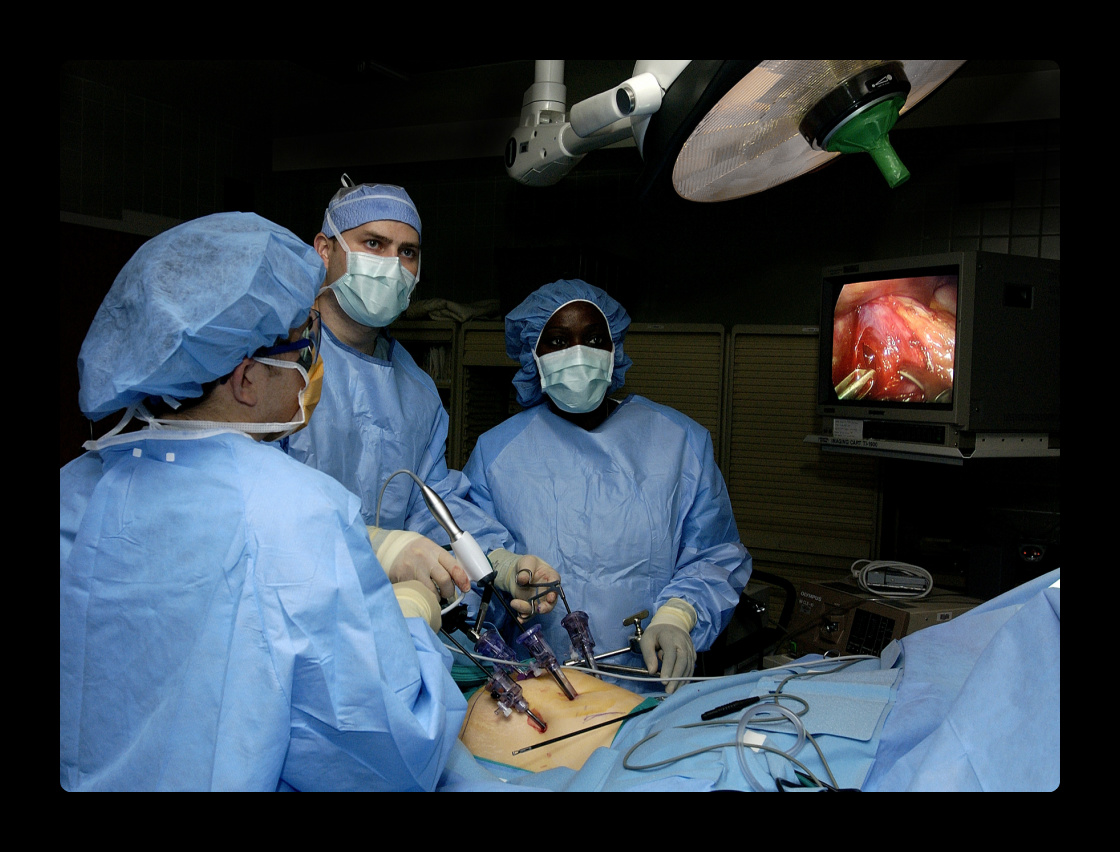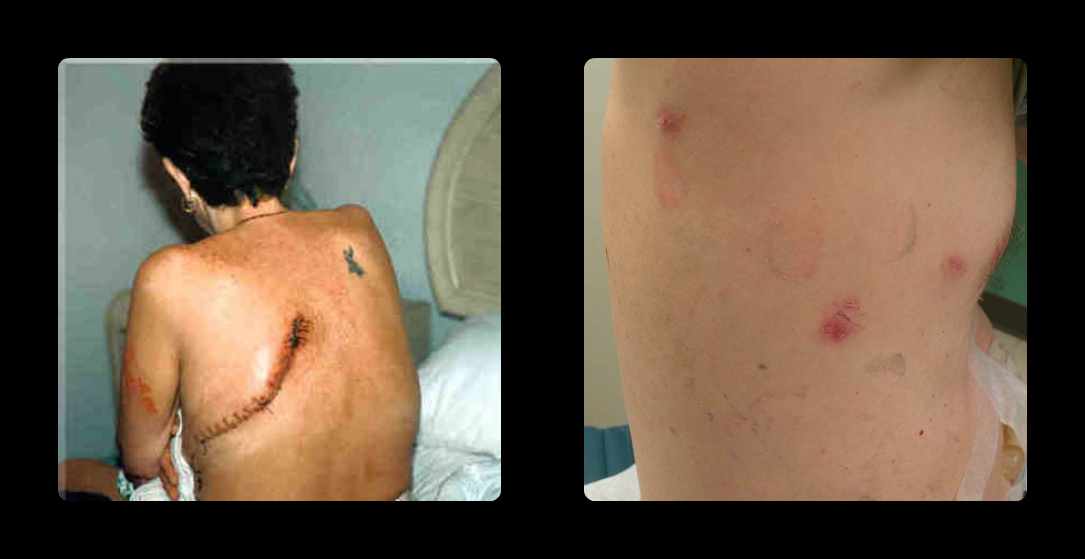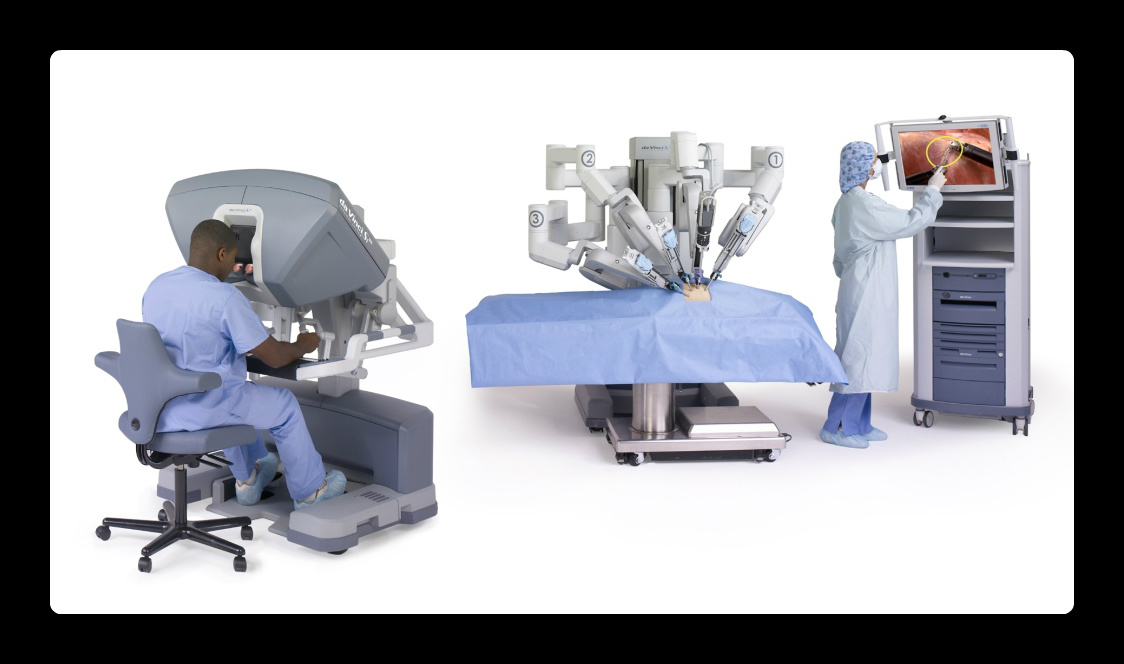Project Background
Project Background
Introduction
With the advancement of science and technology, the fields of robotic and laparoscopic surgery are two example of fast growing areas of knowledge. Two of the major advances that have taken place in the surgical field include remote robotic surgery and minimally invasive surgery (MIS). Robot assisted surgery offers the advantages of precision, smaller incisions, reduced blood loss, decreased pain, and faster healing time. The introduction of robots have revolutionised the medical and surgical fields wherein the doctors have the advantage of treating a higher number of patients while the patients have the benefits of minimal time spent in the hospital. All in all, this results in faster treatment and better recovery rate.
Laparoscopic Surgery
Laparoscopic surgery, also called minimally invasive surgery (MIS), bandaid surgery, or keyhole surgery, is a modern surgical technique in which operations are performed far from their location through small incisions (usually 0.5–1.5 cm) elsewhere in the body. An example photo of laparoscopic surgery taking place is shown below:

Minimally Invasive Surgery massively reduces pain and recovery time for the patient. It can mean that rather than the patient having a scar like this:(first image below). They will have one like this(second image below):

Drawbacks of laparoscopic surgery
While laparoscopic surgery is advantageous in terms of the patients comfort, safety and recovery time, the procedure is more difficult from the surgeon's perspective when compared to traditional, open surgery:
-The surgeon has limited range of motion at the surgical site resulting in a loss of dexterity.
-Poor depth perception. The camera used in the surgery provides a basic, flat 2D image.
-Surgeons must use tools to interact with tissue rather than manipulate it directly with their hands. This results in an inability to accurately judge how much force is being applied to tissue as well as a risk of damaging tissue by applying more force than necessary. This limitation also reduces tactile sensation, making it more difficult for the surgeon to feel tissue (sometimes an important diagnostic tool, such as when palpating for tumors) and making delicate operations such as tying sutures more difficult.
-The tool endpoints move in the opposite direction to the surgeon's hands due to the pivot point, making laparoscopic surgery a non-intuitive motor skill that is difficult to learn. This is called the Fulcrum effect.
-Some surgeries (carpal tunnel for instance) generally turn out better for the patient when the area can be opened up, allowing the surgeon to see "the whole picture" surrounding physiology, to better address the issue at hand. In this regard, keyhole surgery can be a disadvantage.
Da Vinci Surgical System
Robotic surgery is carried out with the help of surgical robots such as the Da Vinci Surgical System. This surgical system is comprised of four main components: the surgeon’s console including the control system for the robot, the patient-side cart that has four robotic arms that can be manipulated by the surgeon from the console, detachable surgical instruments that are inserted into the robot’s arms and a high definition 3D vision system, including the processing unit for this. The Da Vinci system is shown below:

Three of the robotic arms are mounted with the surgical instruments which are controlled by the surgeon through the console. The fourth robotic arm is used to control the camera. While the robotic arms move according to the movements of the surgeon’s hands, the camera provides a high definition video of the procedure.
Drawbacks of the Da Vinci Surgical System
Surgeons using the Da Vinci system lack the tactile feedback (in simple terms, the ability to “feel” the tissues being operated on) while using this device. This has been considered by surgeons as a hindering factor as the natural feeling of operating is lost. Additionally, the large space occupied by the side cart reduces access for other surgeons and surgical assistants who are monitoring the surgery, which means that if anything goes wrong with the procedure it is difficult to get quick access to the patient to rectify the situation as the heavy side cart has to be moved first. Finally, it does not fit in many operating theatres due to its size.
Our Aim
To produce software capable of taking information provided by a depth sensing camera and processing it to display to a surgeon in a suitable in form to give them a sense of depth when performing minimally invasive surgery. Ideally, this system should be able to tell how far away objects are from the camera and how close objects in the camera’s view are to each other, meaning that it could tell how close an instrument in its view is to the body. This should lay the groundwork for more advanced systems, which this project may look at developing if there is sufficient time, such as providing haptic feedback when tools are touching or close to the body.
This would make minimally invasive surgery easier, and prevent accidental injury to the patient as the surgeon could tell how close tools are to the body tissue, and would know to move slowly when the system is telling them that a tool is close to a part of the body, which they may not be able to see with a flat 2D image.
Using a Kinect 2.0 sensor, a prototype for this system will be developed. The software will be developed on the Kinect 2.0, as it has a depth sensing ability, not on an actual size endoscope. If the software developed works with the Kinect when tested with well designed props in place of an actual patient and surgeon’s tools, then it should also work when applied to a true-scale endoscope with depth sensing ability.